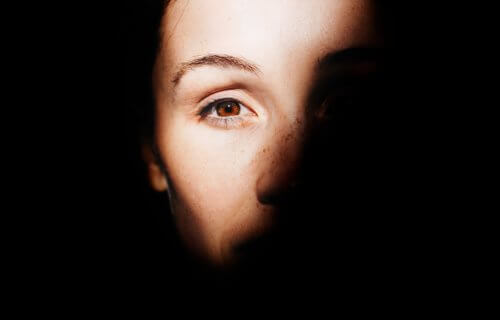SYDNEY — Making up just two percent of the population, “super-recognizers” may be the closest we ever get to people with real-life super powers. They never forget a face, and all they need is a moment or two to commit a new person to their memory. Many are known to help police departments and security agencies identify suspects, while others work as private detectives and unofficial investigators. Now, fascinating new research out of Australia is finally revealing how super-recognizers accomplish such feats.
Up until now, researchers had largely believed super-recognizers remember faces so well via processing them holistically by taking a facial snapshot and memorizing it. Scientists from UNSW Sydney and the University of Wollongong, however, have now proven that super-recognizers look at faces the same way anyone else does — but they do so faster and in a more accurate manner.
According to UNSW researcher and study lead author Dr. James Dunn, when a super-recognizer catches a glimpse of a new face, they divide it into parts and then store each component in their brain as composite images. “They are still able to recognize faces better than others even when they can only see smaller regions at a time. This suggests that they can piece together an overall impression from smaller chunks, rather than from a holistic impression taken in a single glance,” Dr. Dunn says in a statement.
Meanwhile, co-lead study author Dr. Sebastien Miellet, UOW researcher in the School of Psychology and an expert in active vision, used eye-tracking technology to investigate and analyze how super-recognizers scan and process faces, both as a whole and divided into parts. “With much precision, we can see not only where people look but also which bits of visual information they use,” Dr. Miellet notes.
While studying the visual processing patterns of super-recognizers, researchers found that contrary to typical recognizers, super-recognizers focus less on the eye region and distribute their gaze more evenly. This helps them gather more visual information from other facial features, especially when learning a new face. “So the advantage of super-recognizers is their ability to pick up highly distinctive visual information and put all the pieces of a face together like a puzzle, quickly and accurately,” Dr. Miellet comments.
Moving forward, scientists at both UNSW and UOW will continue to study super-recognizers. Dr. Miellet posits that super-recognizers’ abilities may stem from a certain curiosity and behavioral interest in other people. Alternatively, super-recognizers may be more empathetic than most of us.
“In the next stages of our study, we’ll equip some super-recognizers and typical viewers with a portable eye tracker and release them onto the streets to observe, not in the lab but in real life, how they interact with the world,” Dr. Miellet concludes.
The study is published in Psychological Science.

